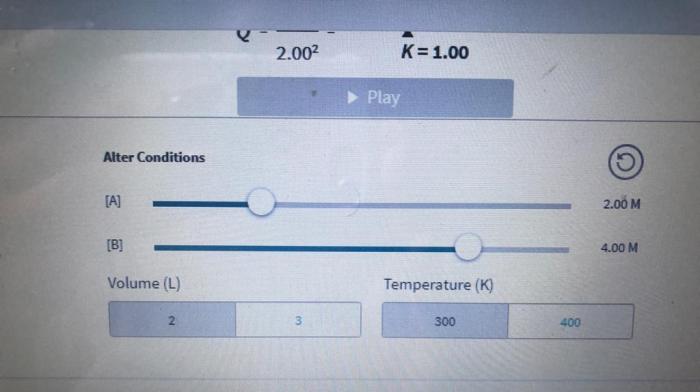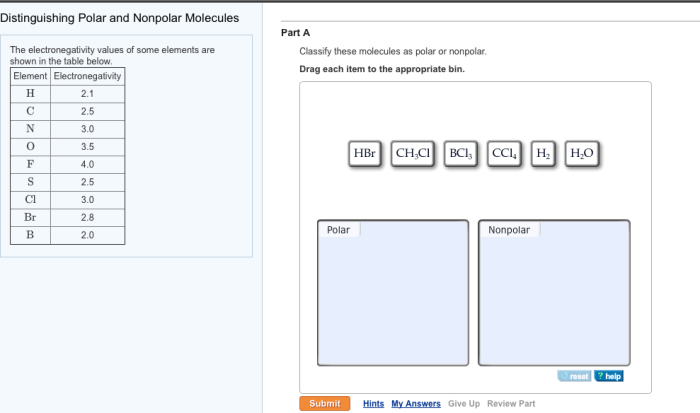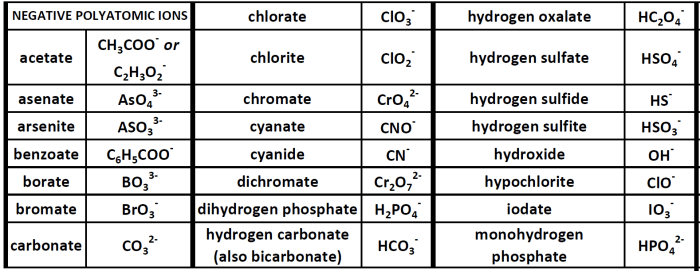Introducing the Introduction to Chemical Reactions Worksheet Answer Key, a comprehensive guide that delves into the fundamental concepts of chemical reactions, providing a solid foundation for understanding this crucial aspect of chemistry. This answer key not only provides solutions to practice problems but also serves as an invaluable resource for students seeking to master the intricacies of chemical reactions.
Chemical reactions are the heart of chemistry, driving countless processes that shape our world. From the combustion of fuels to the digestion of food, chemical reactions play a pivotal role in our daily lives. This answer key offers a systematic approach to understanding these reactions, empowering students with the knowledge and skills to navigate the complexities of chemical transformations.
Chemical Reactions Overview
Chemical reactions are processes that involve the rearrangement of atoms and molecules to form new substances. They are essential for life and play a crucial role in various natural and industrial processes.
Types of chemical reactions include:
- Combination reactions: Two or more substances combine to form a single product.
- Decomposition reactions: A single substance breaks down into two or more products.
- Single-displacement reactions: One element replaces another in a compound.
- Double-displacement reactions: Two compounds exchange ions to form two new compounds.
- Combustion reactions: A substance reacts with oxygen, releasing heat and light.
Reactants are the initial substances in a chemical reaction, while products are the final substances formed.
Balancing Chemical Equations
Balancing chemical equations ensures that the number of atoms of each element is the same on both sides of the equation. This is crucial for accurate representation and understanding of chemical reactions.
To balance equations, coefficients are added in front of each substance to adjust the number of atoms. Coefficients represent the relative proportions of reactants and products involved.
For example, the balanced equation for the combustion of methane (CH 4) is:
CH 4+ 2O 2→ CO 2+ 2H 2O
Types of Chemical Reactions
Combination reactions: Two or more substances combine to form a single product.
Example: Hydrogen and oxygen combine to form water (2H 2+ O 2→ 2H 2O).
Decomposition reactions: A single substance breaks down into two or more products.
Example: Calcium carbonate decomposes into calcium oxide and carbon dioxide (CaCO 3→ CaO + CO 2).
Single-displacement reactions: One element replaces another in a compound.
Example: Iron displaces copper from copper sulfate (Fe + CuSO 4→ FeSO 4+ Cu).
Double-displacement reactions: Two compounds exchange ions to form two new compounds.
Example: Sodium chloride and silver nitrate react to form sodium nitrate and silver chloride (NaCl + AgNO 3→ NaNO 3+ AgCl).
Combustion reactions: A substance reacts with oxygen, releasing heat and light.
Example: Propane burns in the presence of oxygen to produce carbon dioxide and water (C 3H 8+ 5O 2→ 3CO 2+ 4H 2O).
Reaction Rates and Factors
Reaction rates measure how quickly a chemical reaction occurs. Factors that affect reaction rates include:
- Concentration of reactants: Higher concentrations lead to more frequent collisions and faster reactions.
- Temperature: Increased temperature provides more energy for collisions, resulting in faster reactions.
- Surface area of reactants: Smaller particles have a larger surface area, increasing the number of collision sites and speeding up reactions.
- Activation energy: The minimum energy required for a reaction to occur. Catalysts lower activation energy, increasing reaction rates.
Energy Changes in Reactions
Chemical reactions can be exothermic or endothermic:
- Exothermic reactions: Release energy as heat or light (ΔH < 0).
- Endothermic reactions: Absorb energy from the surroundings (ΔH > 0).
Example of an exothermic reaction: Combustion of fuels (C 3H 8+ 5O 2→ 3CO 2+ 4H 2O + heat).
Example of an endothermic reaction: Photosynthesis (6CO 2+ 6H 2O + light energy → C 6H 12O 6+ 6O 2).
Applications of Chemical Reactions, Introduction to chemical reactions worksheet answer key
Chemical reactions are widely used in everyday life and industries:
- Fuel combustion: Energy production in vehicles, power plants, and heating systems.
- Food processing: Preserving, flavoring, and enhancing food quality.
- Pharmaceuticals: Drug synthesis and development.
- Materials science: Production of plastics, metals, and ceramics.
- Environmental protection: Wastewater treatment, air pollution control, and waste management.
FAQ: Introduction To Chemical Reactions Worksheet Answer Key
What is the purpose of a chemical reaction worksheet?
Chemical reaction worksheets provide practice problems and exercises that reinforce the concepts and principles of chemical reactions, enabling students to apply their knowledge and develop problem-solving skills.
How can I use this answer key effectively?
Use this answer key as a reference to check your answers and identify areas where you may need additional support. It can also be used as a study tool to review concepts and prepare for exams.
What types of chemical reactions are covered in this answer key?
This answer key covers a wide range of chemical reactions, including combination, decomposition, single-displacement, double-displacement, and combustion reactions.



